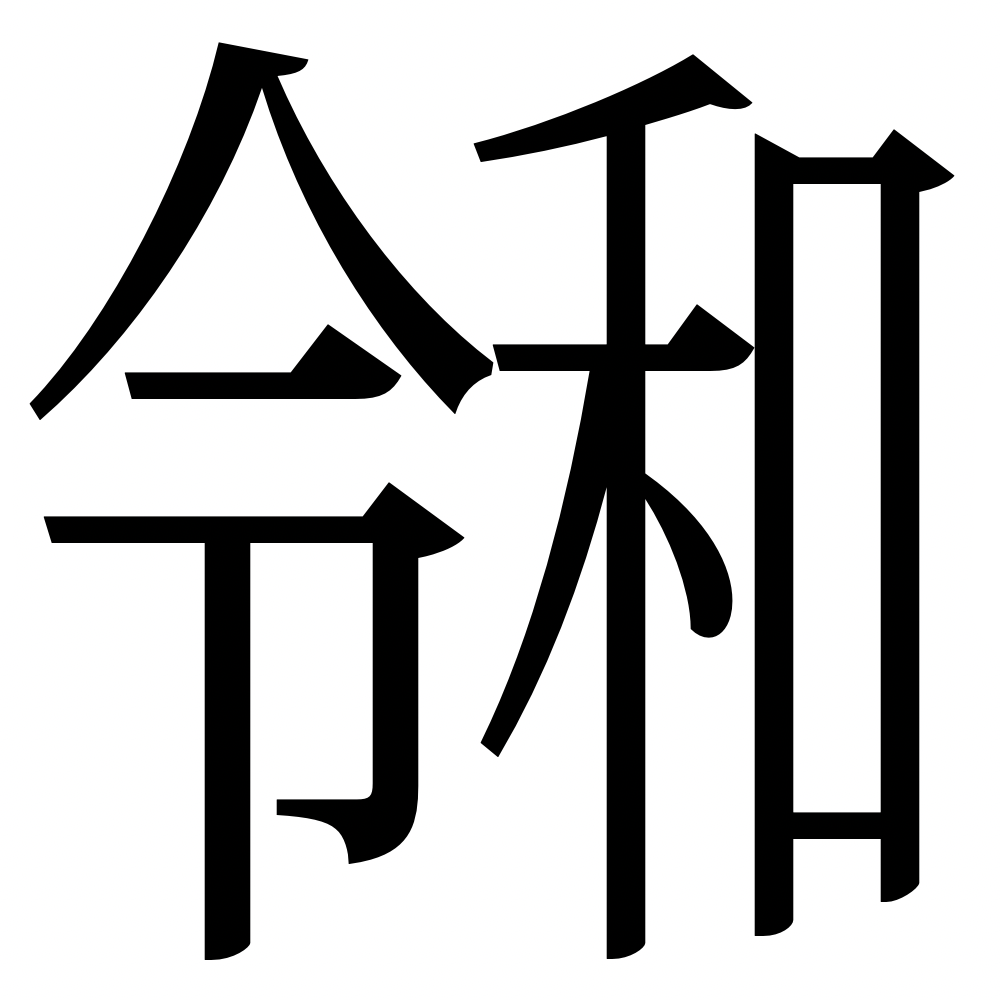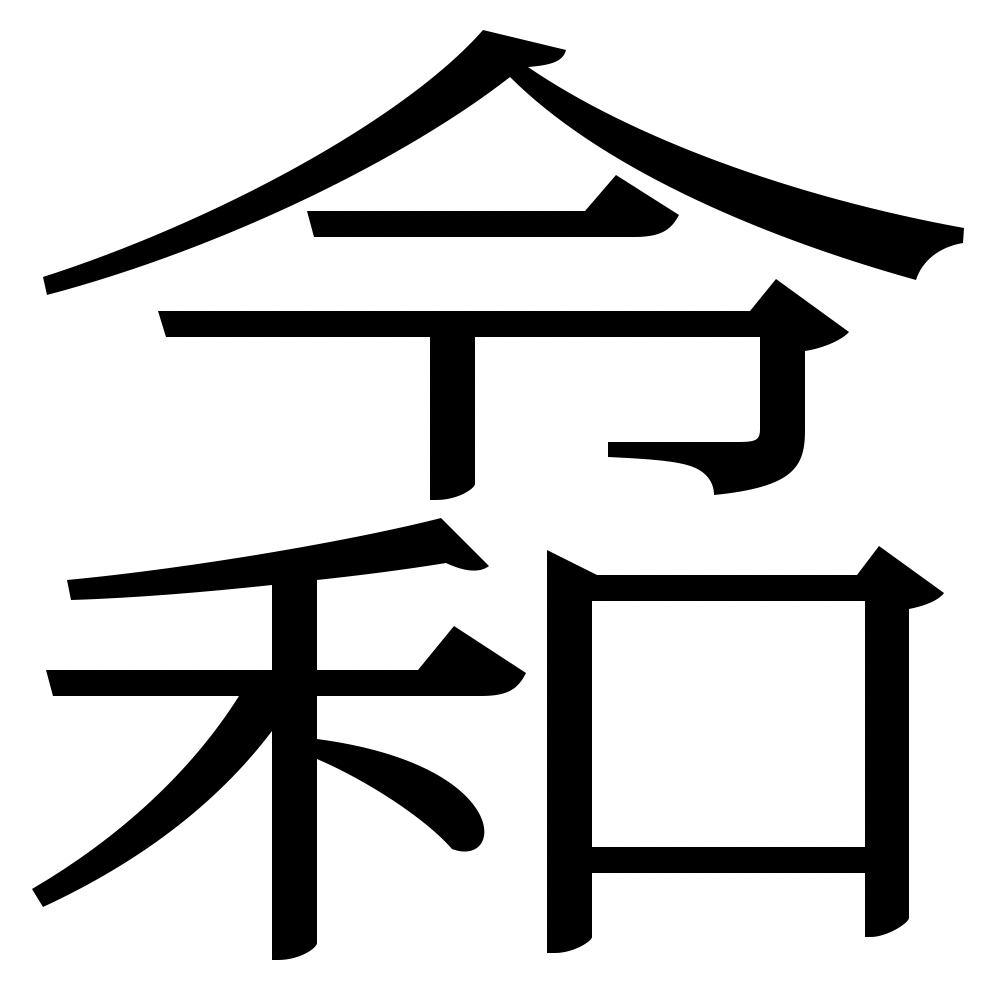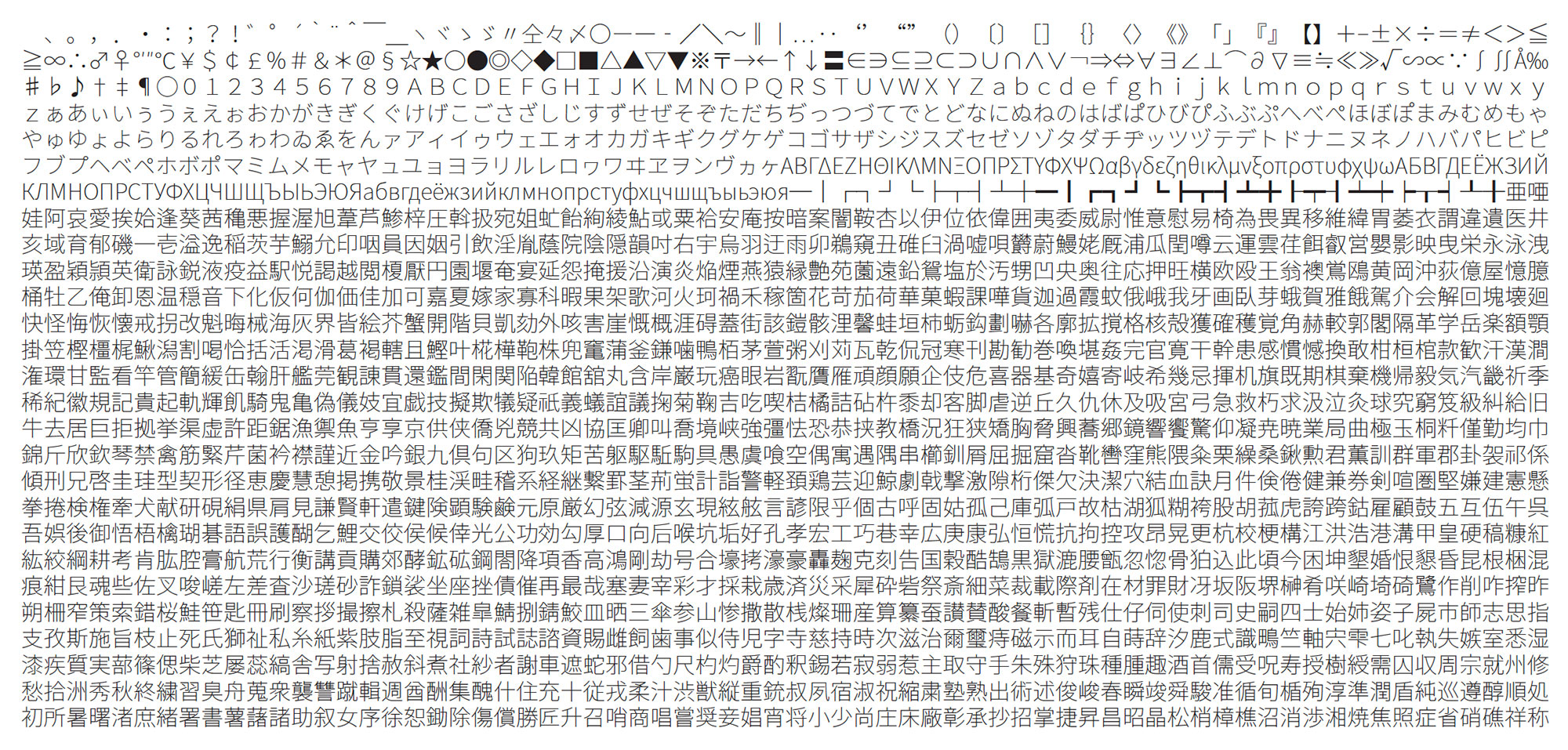
“Everything that has a beginning, has an end. I see the end coming.” — The Oracle
To first provide some background, I started to work at Adobe right before we invented CID-keyed fonts. The first desktop (aka non-printer) deployment of CID-keyed fonts was in the form of “Naked-CID fonts” in 1993 or so, which required ATM (Adobe Type Manager) to be installed. While such fonts were available for Macintosh and Windows OSes, Naked-CID fonts for the latter OS were incredibly short-lived and therefore rare, and were subsequently replaced with OpenType/CFF fonts in the late 1990s. Naked-CID fonts for the former OS were replaced by “sfnt-wrapped CIDFonts” (aka “sfnt-CID fonts”) in the mid-1990s, and also required that ATM be installed. Adobe Tech Note #5180, entitled “CID-Keyed sfnt Font File Format for the Macintosh,” details the sfnt-wrapped CIDFont format, which is specific to Macintosh due to its use of a resource fork.
With that stated, fonts are among the most perpetual and resilient of digital resources, meaning that discontinuing support for legacy font formats cannot be done quickly, and many years must pass before it can be realistically considered.
Continue reading…











